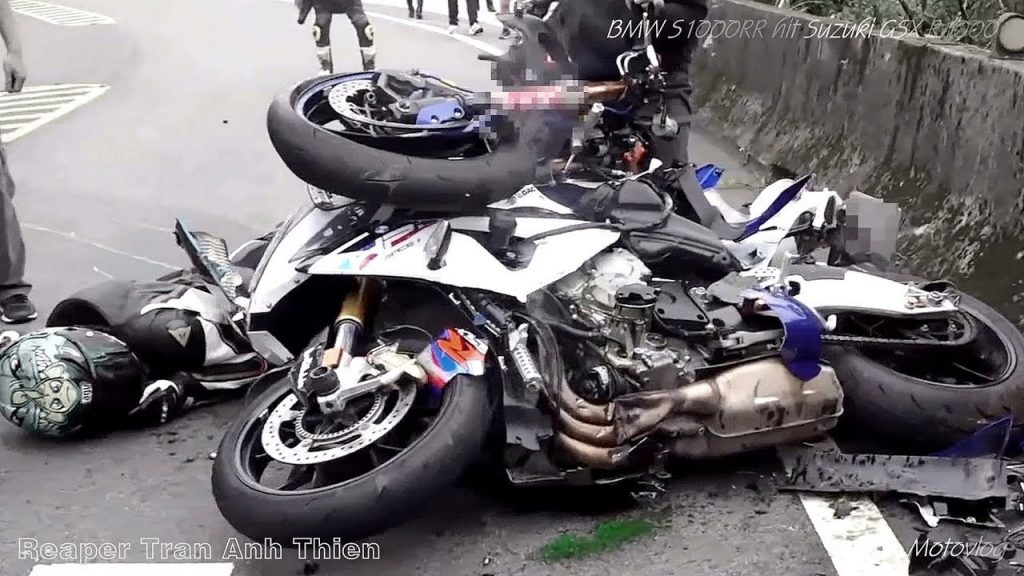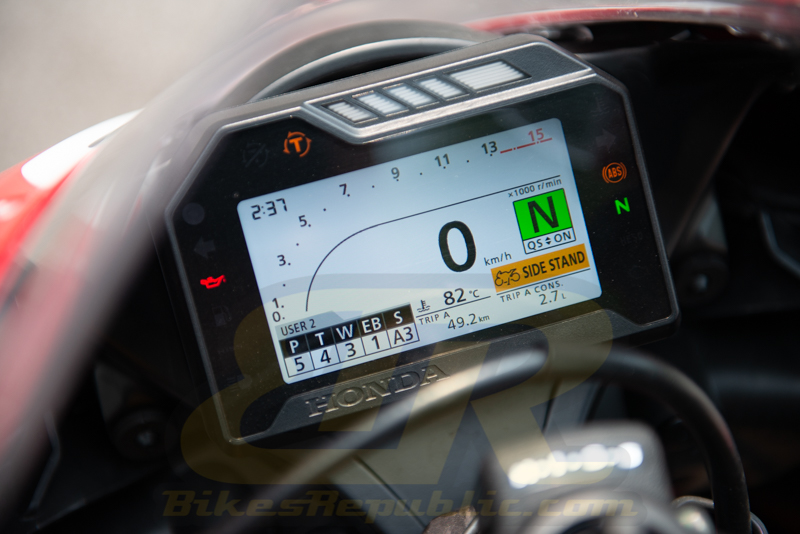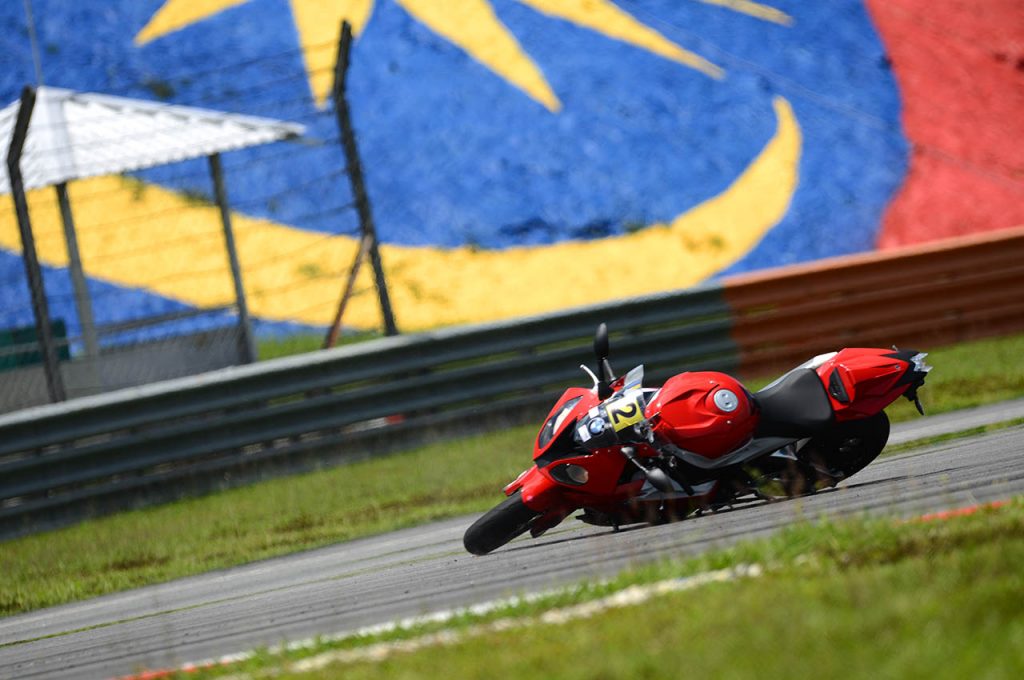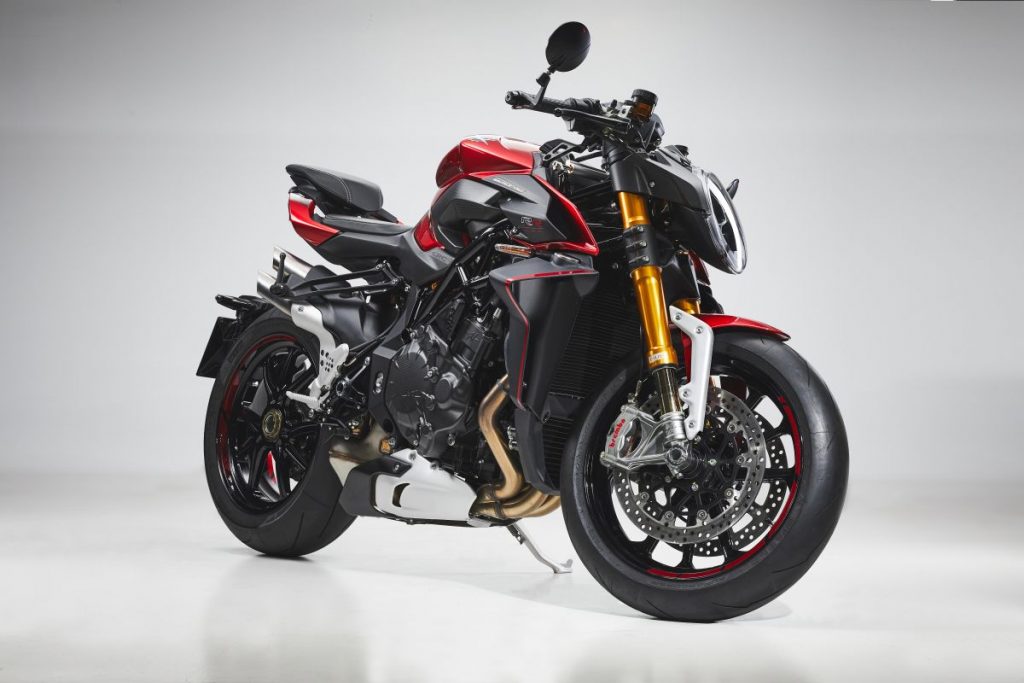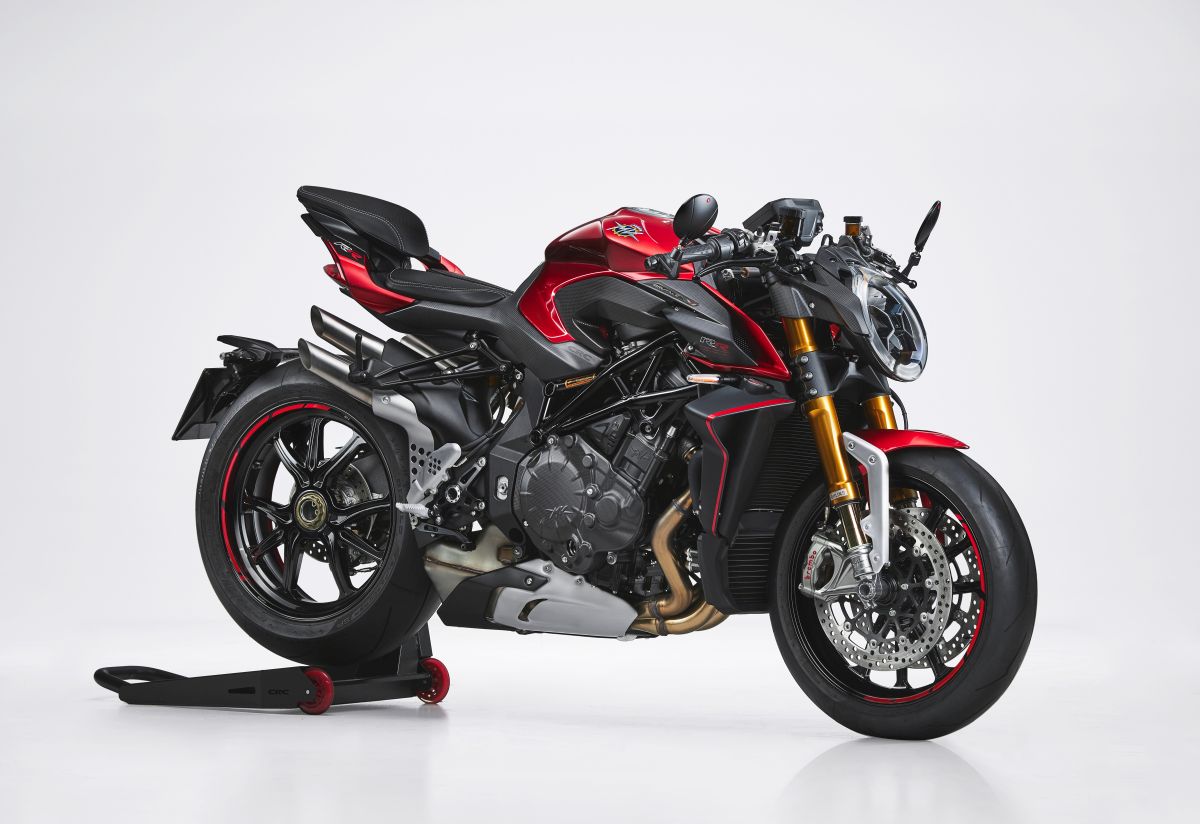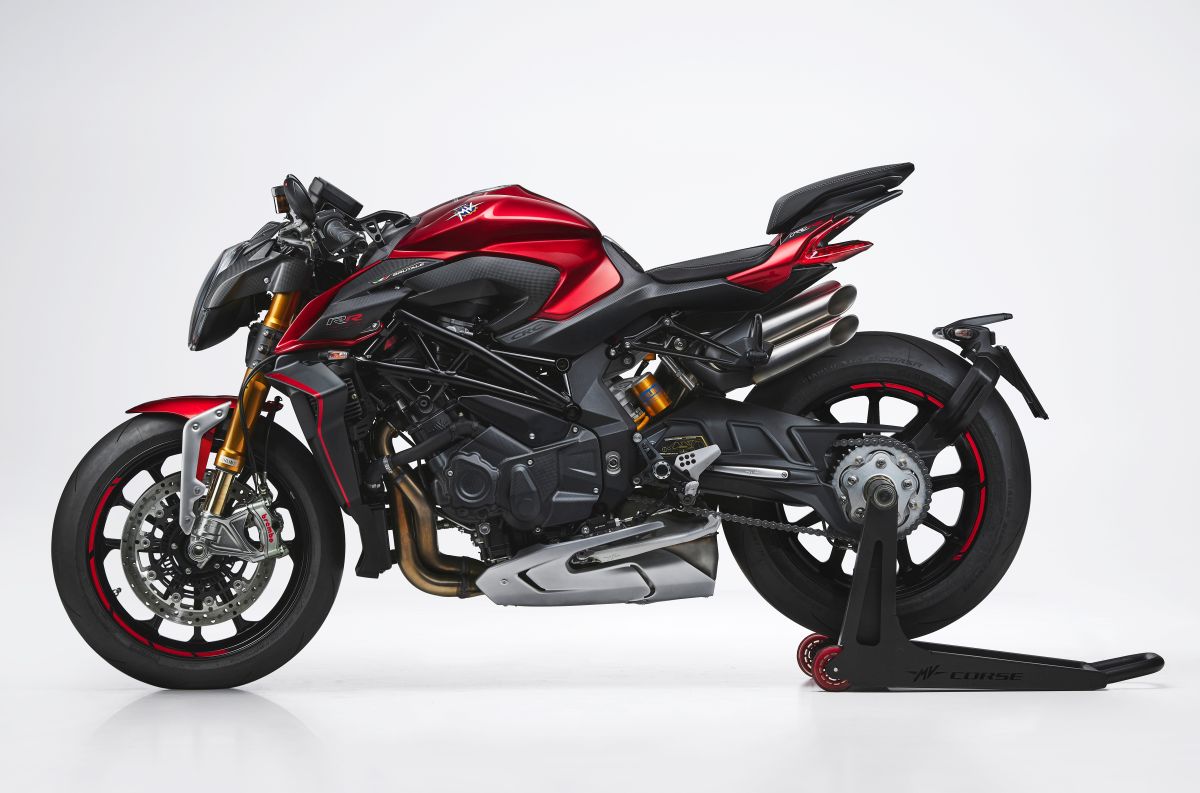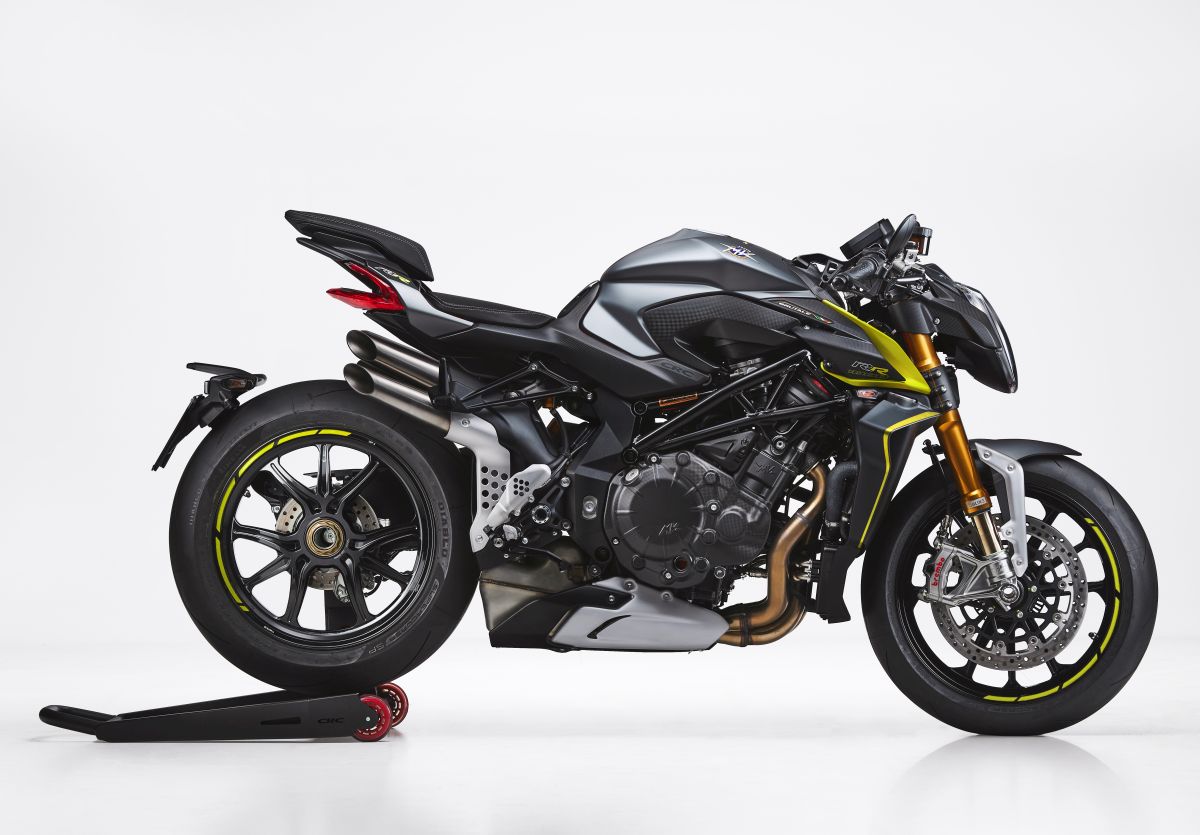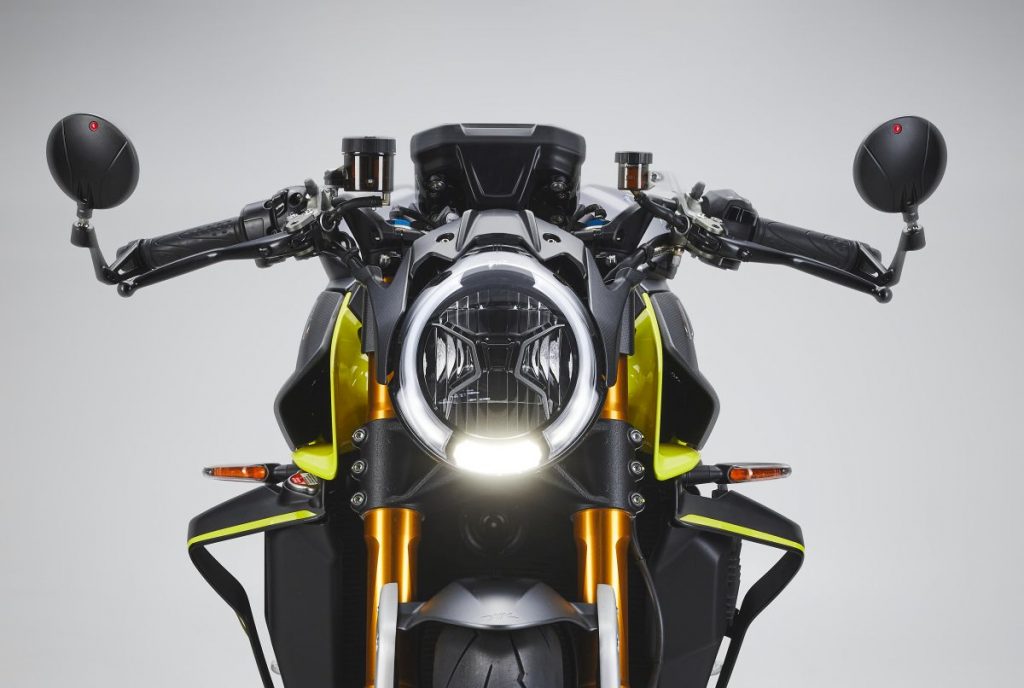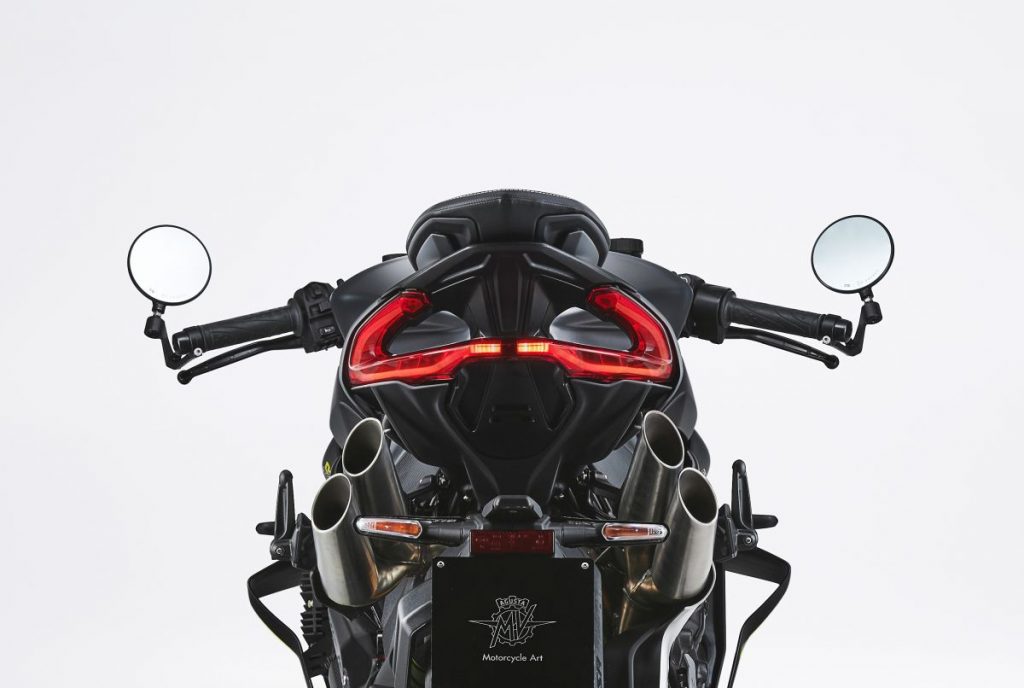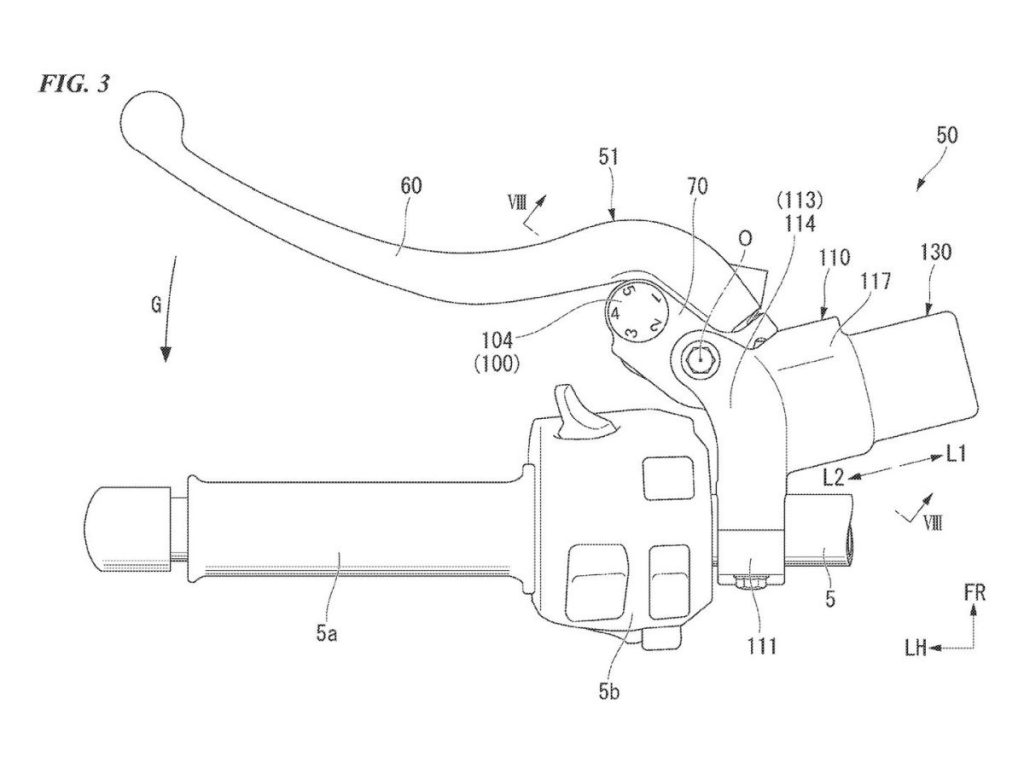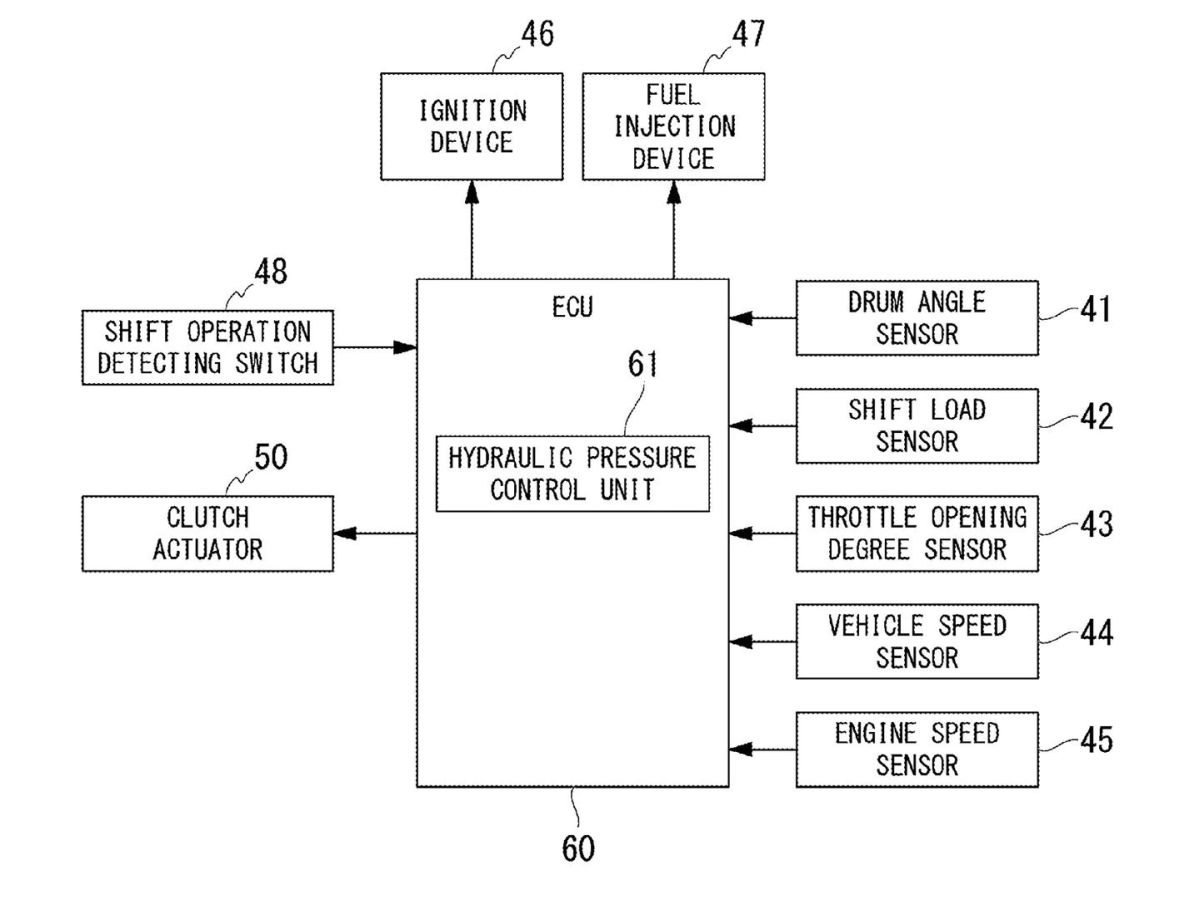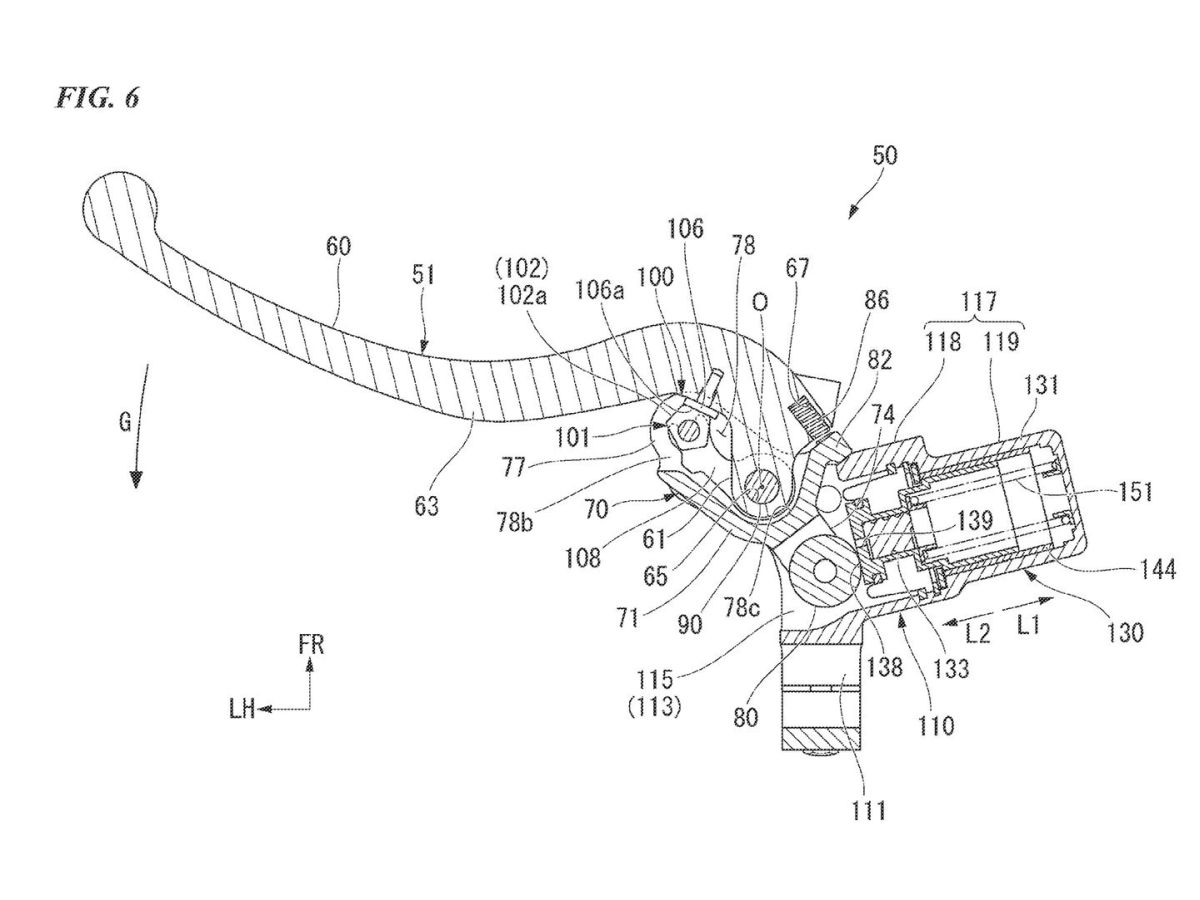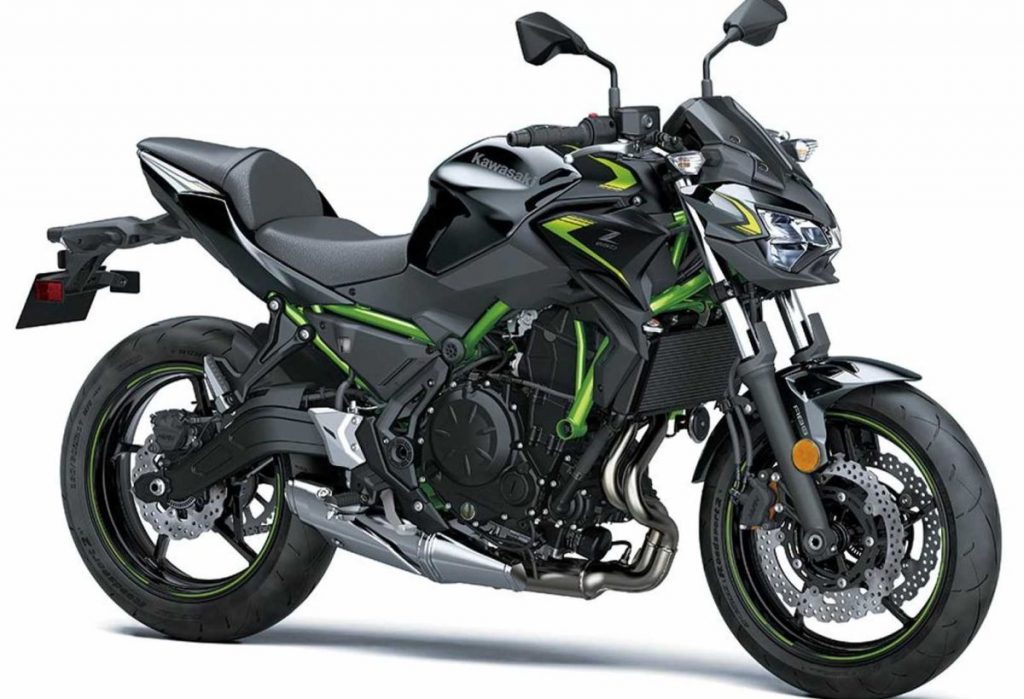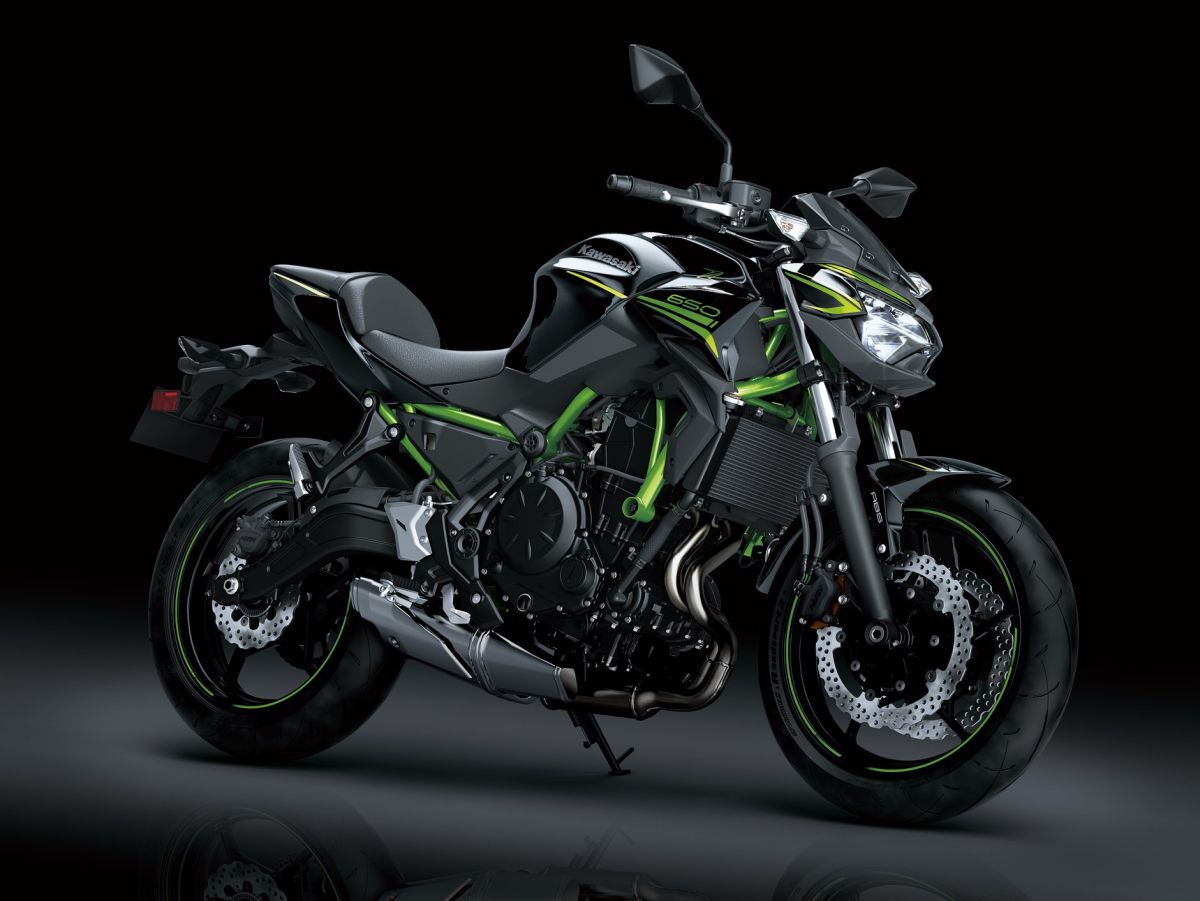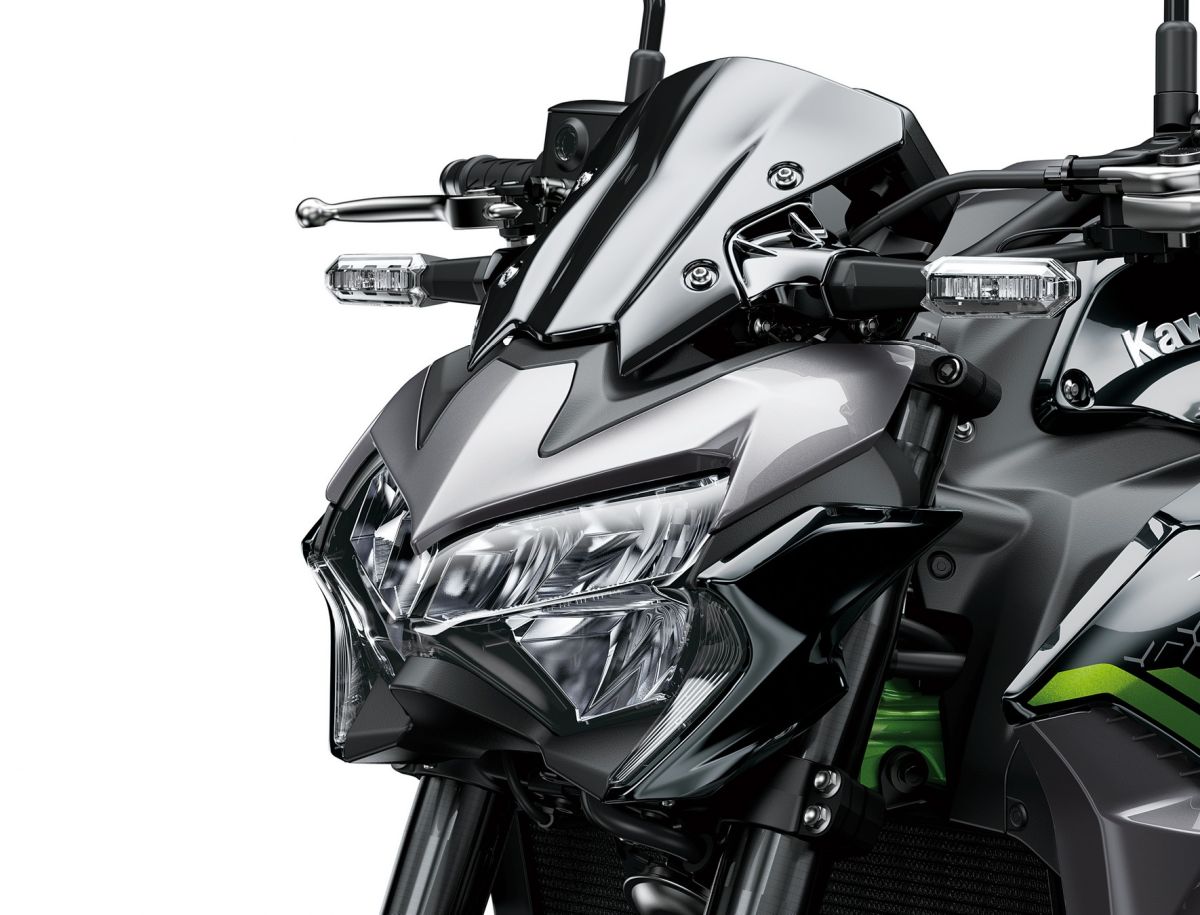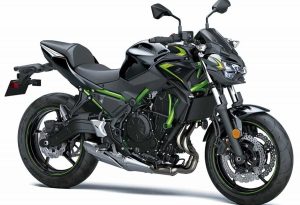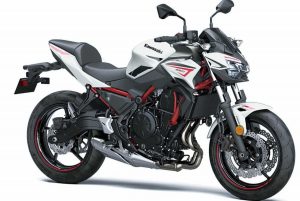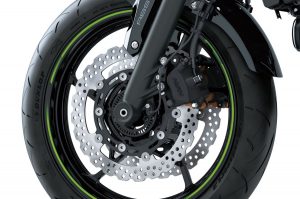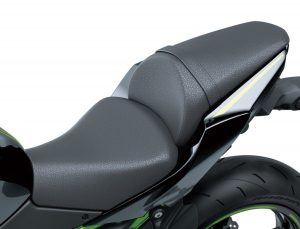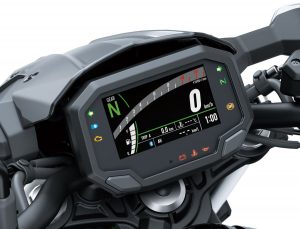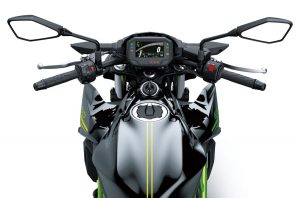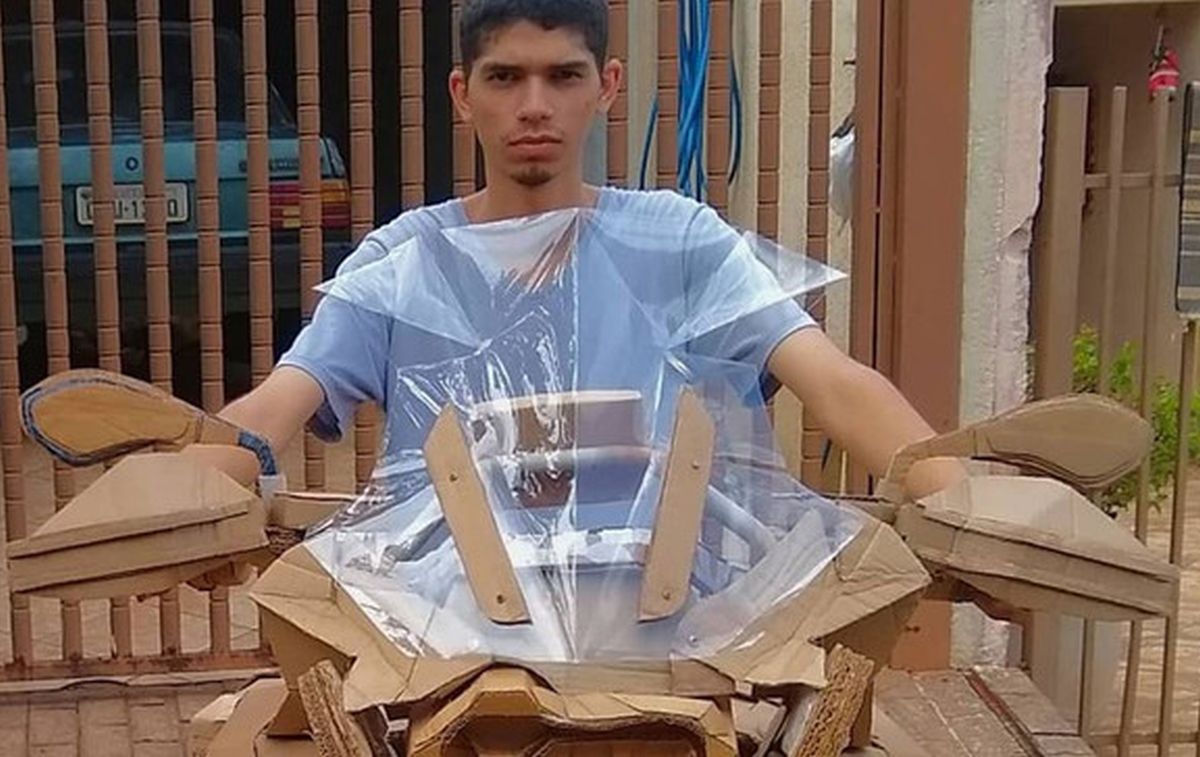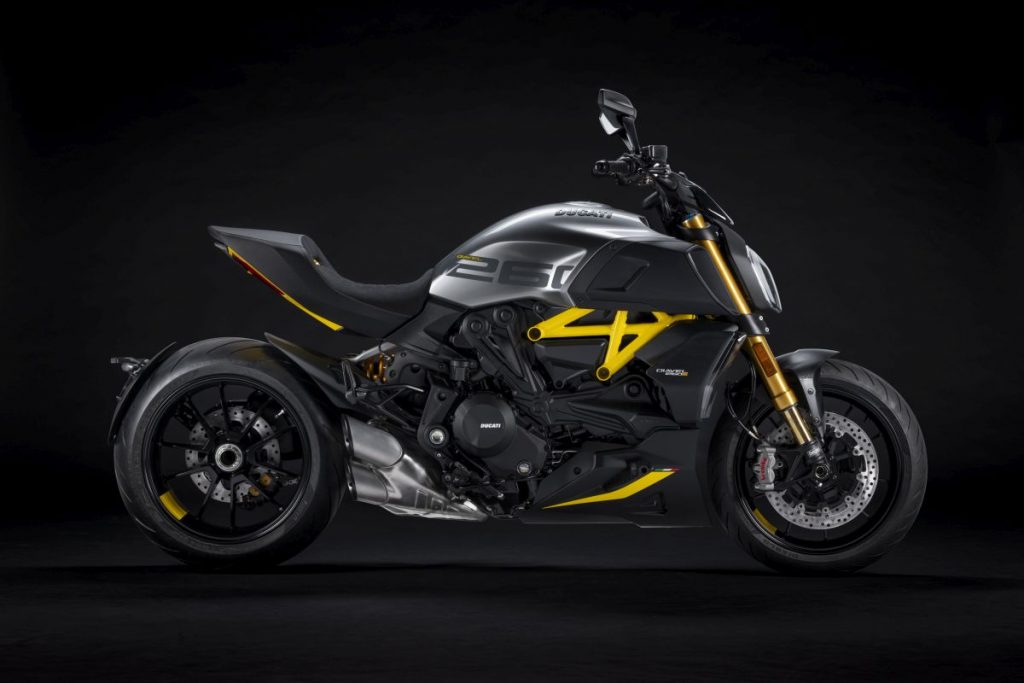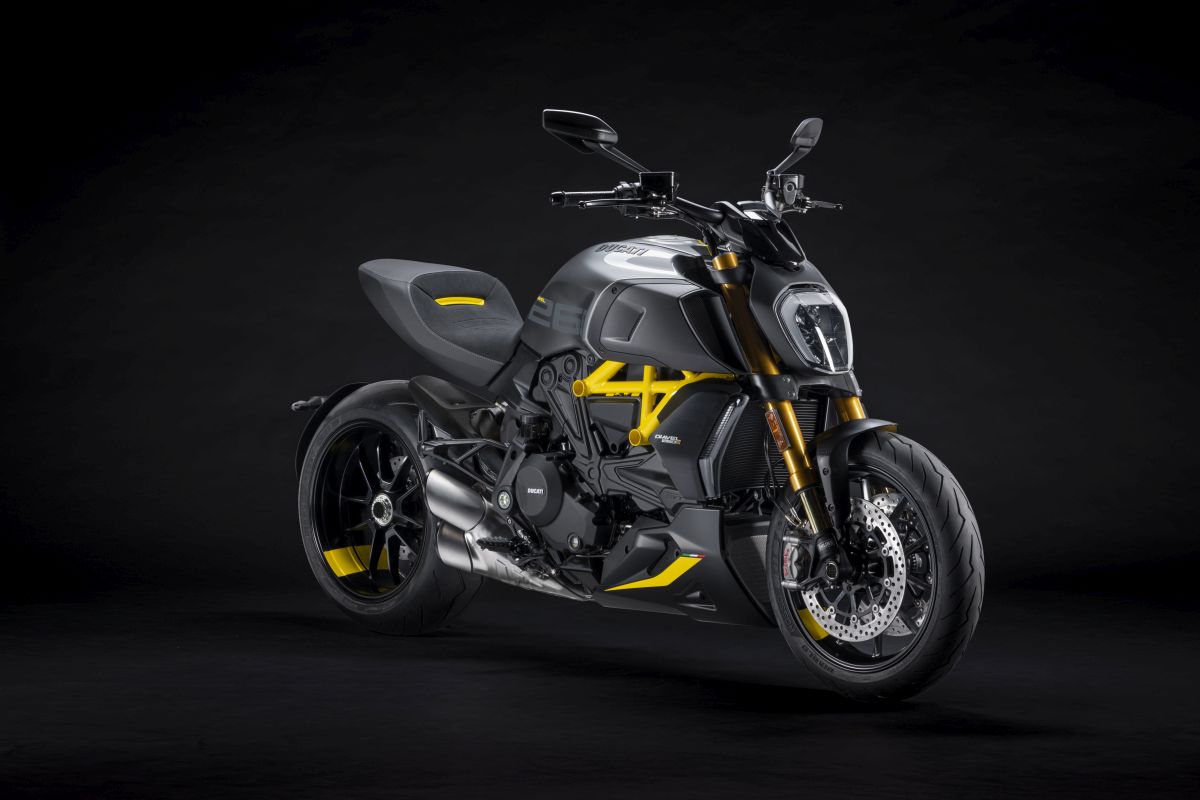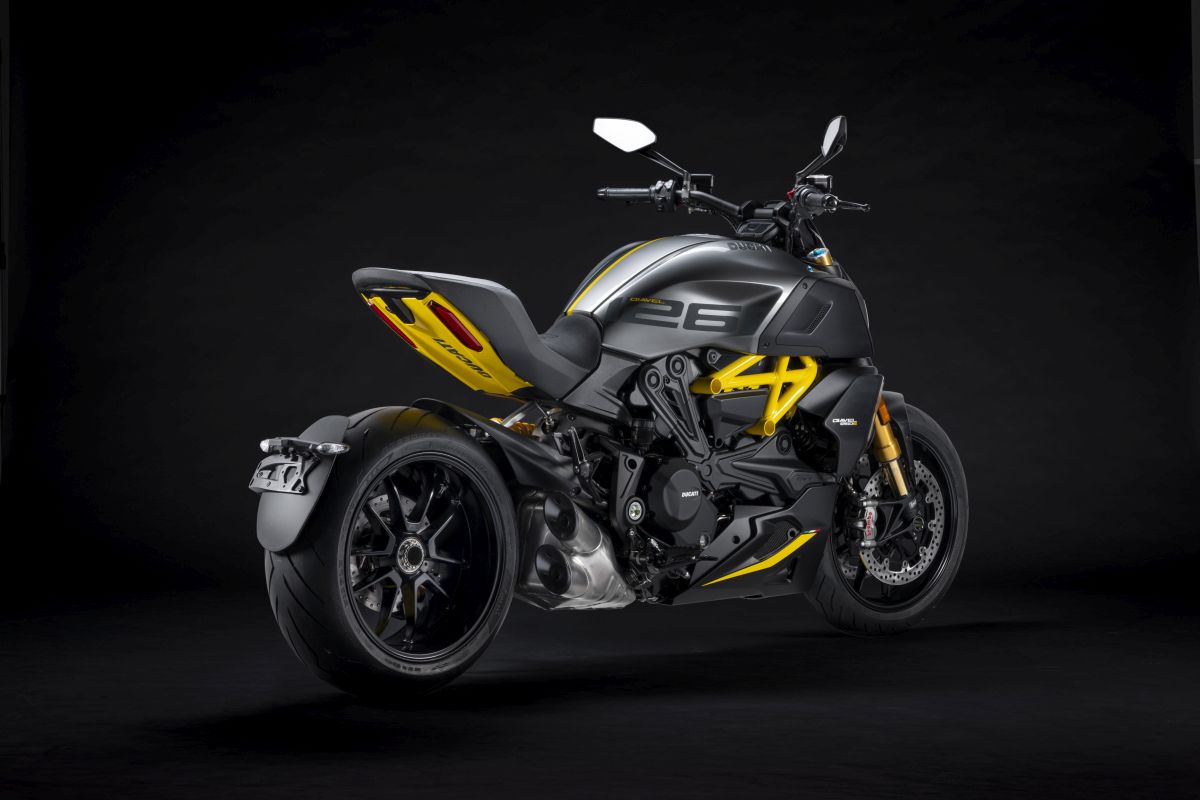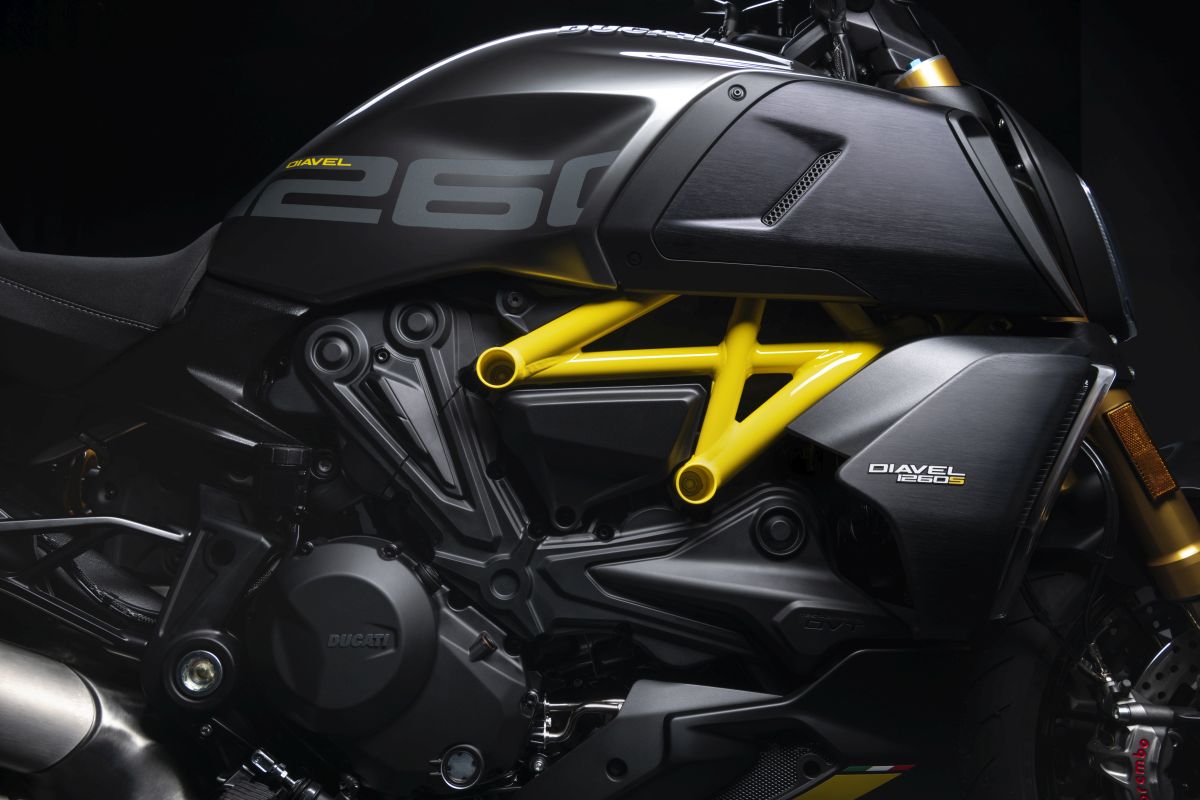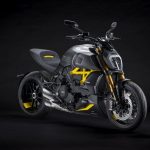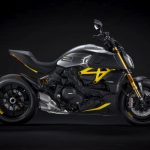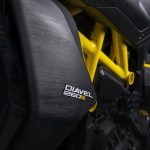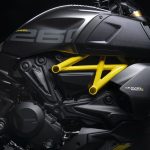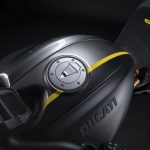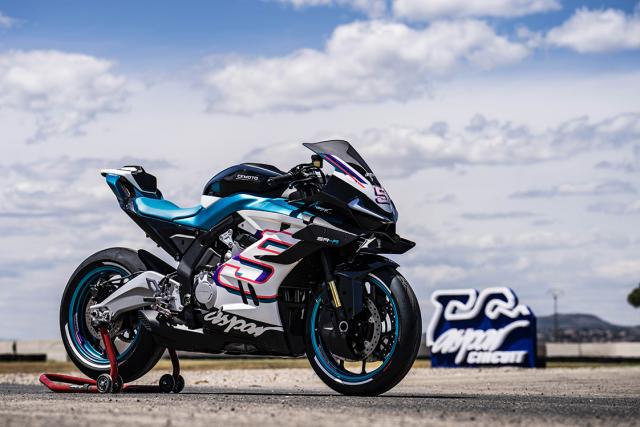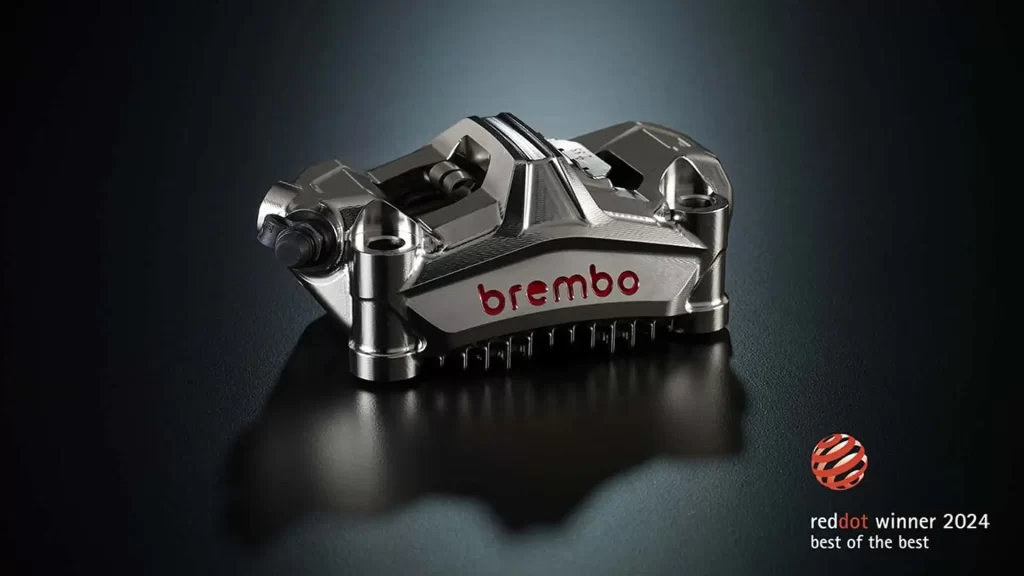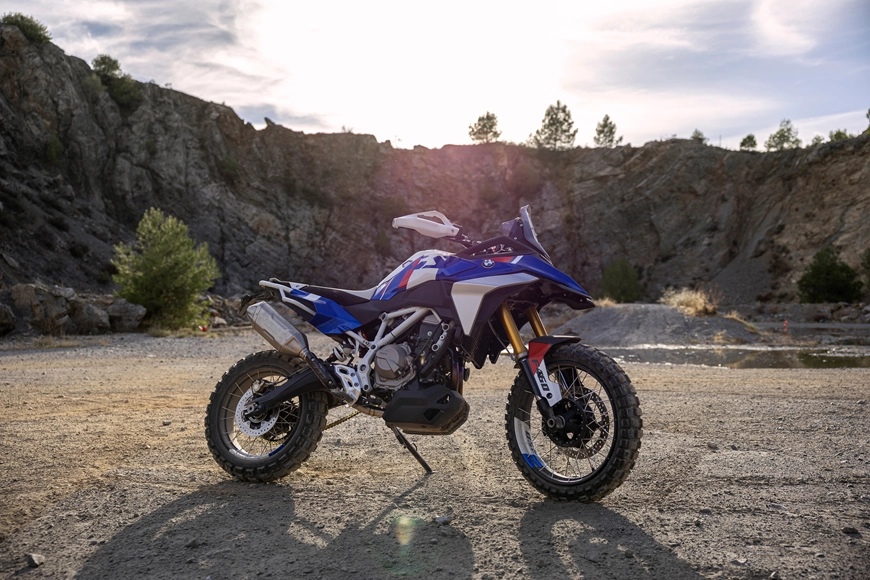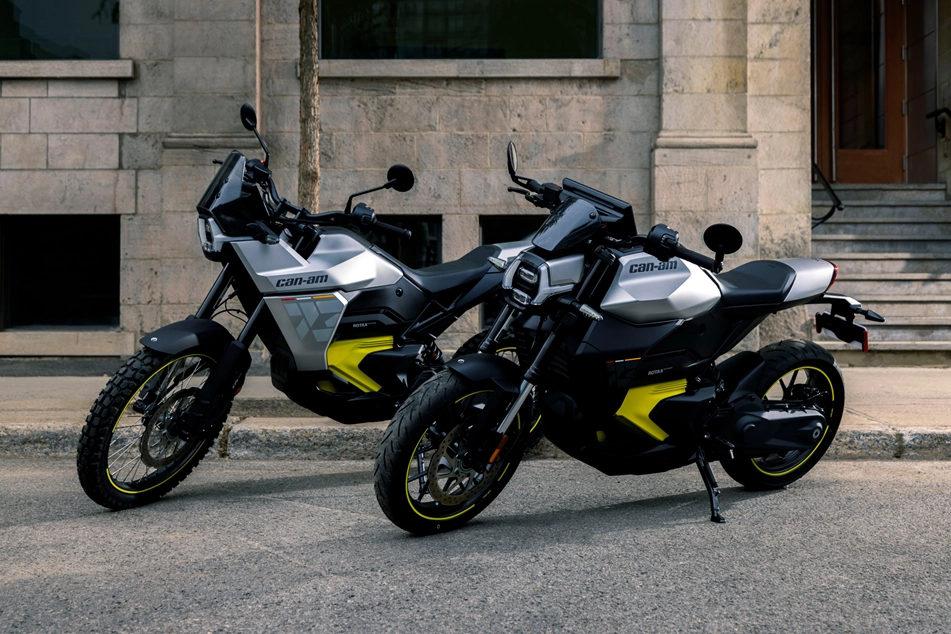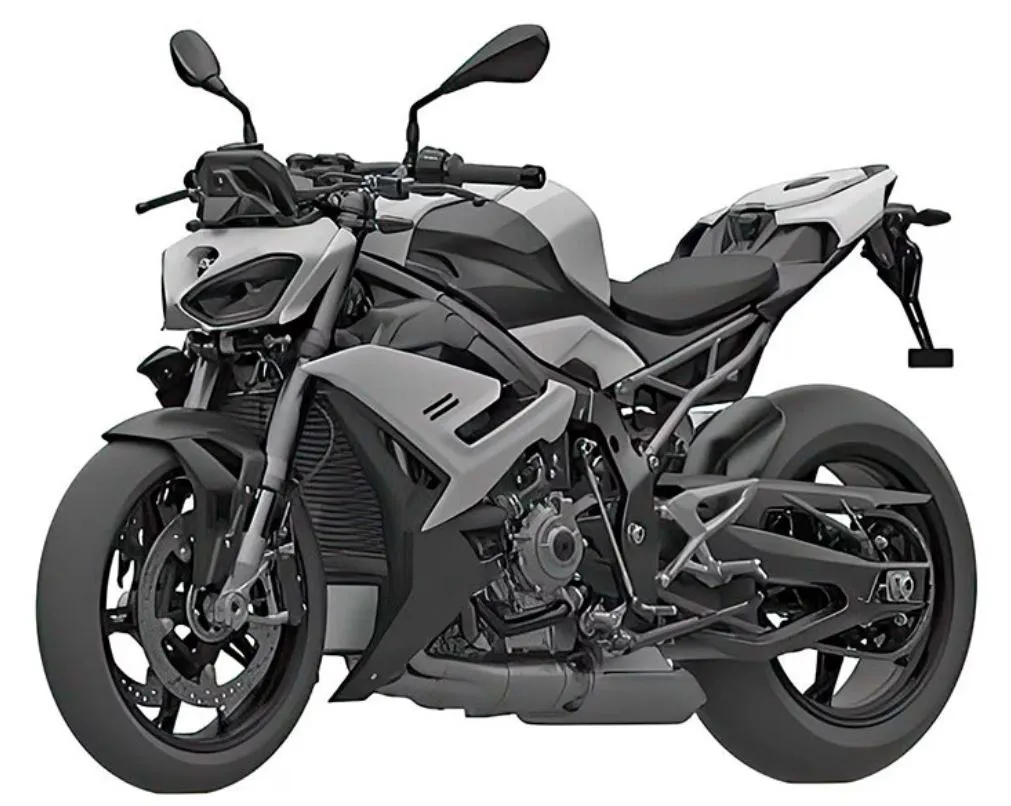-
Many modern motorcycles are equipped with electronic rider assist systems.
-
These systems include ABS and traction control.
-
But why do we still crash?
The TC and ABS lights blinked like Christmas lights gone crazy as the R 1250 RT’s rear end snapped to the right, threatening to overtake the front. MFG and CSS training told me to hold on to the gas, to not chop the throttle. So, I held a steady. The rear wheel reversed direction and slid to the left, then continued sliding the right and back to the left.
However, the intensity of the slide started to lose momentum, the slide was now smaller in degree and wound down to four right-left-right-left headshakes.
Still keeping the gas on, the bike and I continued down a straight line. Speed had dropped from 140+ km/h down to just below 100 km/h.
The above scenario wasn’t made up (no need to sumpah laknat), as it happened while I was testing the new BMW R 1250 RT. I had hit a huge rainstorm like a continuous ice bucket challenge on the way back from Ipoh to Kuala Lumpur. I steered too quickly over the white line, which triggered the slide.
Traction control did work, as evidenced by the blinking lights and lower speed at the end. But this episode brought up and important question: Why do riders still crash despite rider assistance?
What do we have?
Most bikes these days are equipped with ABS, while those higher up the scale (read: more expensive) feature a whole myriad of rider assistance systems such as lean-angle sensitive traction control and ABS, engine braking control, wheelie control, vehicle stability control (slide control, in other words), rear wheel lift mitigation, etc. etc. The list of rider assistance electronics would stretch almost from A to Z.
So why do we still crash?
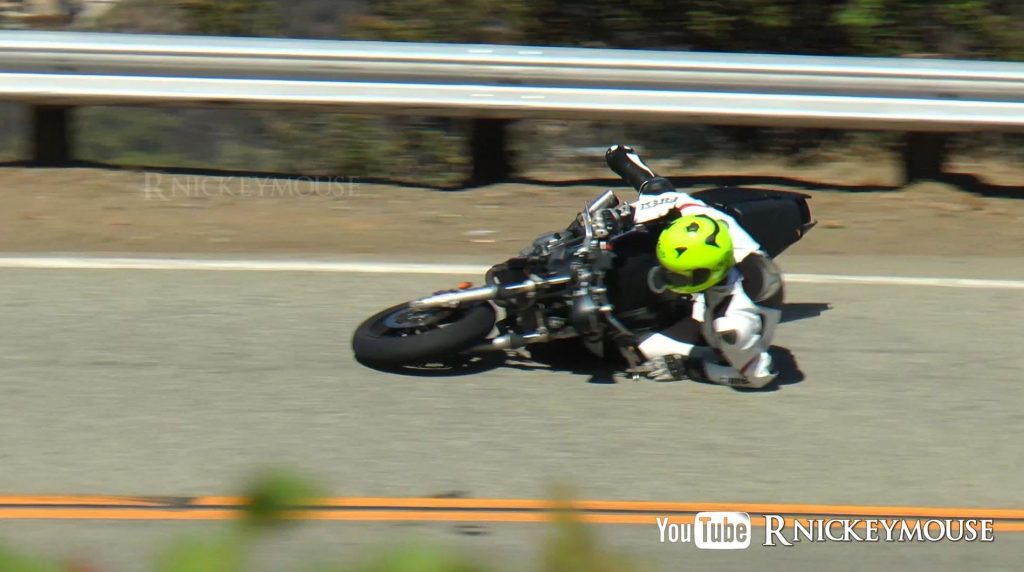
Rider assistance electronics are just that: TO ASSIST. While they do compensate for clumsy riding and mistakes, it’s only to a small degree as it still depends on the rider to make the correct inputs. Think about it: If the systems take over, we might as well just sit back and let the bike ride itself.
There are a number of factors
- Over confidence. That’s right. I’ve met riders who think that the rider assist systems will automatically make them better riders. Sorry to burst your bubble – they don’t. Never go out there and ride without thinking of the consequences of your actions just because the “bike has the most advanced traction control system.”
I’ve seen riders keeping the TC and power settings in “slick” mode when their bikes weren’t on slick tyres and riding on public roads. Sure, they probably liked the bike’s aggressive nature in those settings but keep the consequences in mind.
- Not knowing how the systems actually work. Sure, the development of rider assist has come a long way. But remember, they still depend on the rider’s inputs to work.
Let’s go back to the opening story. Things could’ve been tragically different had I shut the throttle as soon as the wheel started sliding. Snapping it shut would cause weight to transfer abruptly to the front, taking the load off the rear wheel. Besides that, engine braking will take effect. These factors will in turn worsen the slide and the bike could’ve either slid out from underneath me or worse, having the rear gripping suddenly and sending me over the high-side.
Therefore, not shutting the throttle abruptly didn’t throw in extra variables into the equation and allowed the ECU to determine the best course of action effectively and quickly.
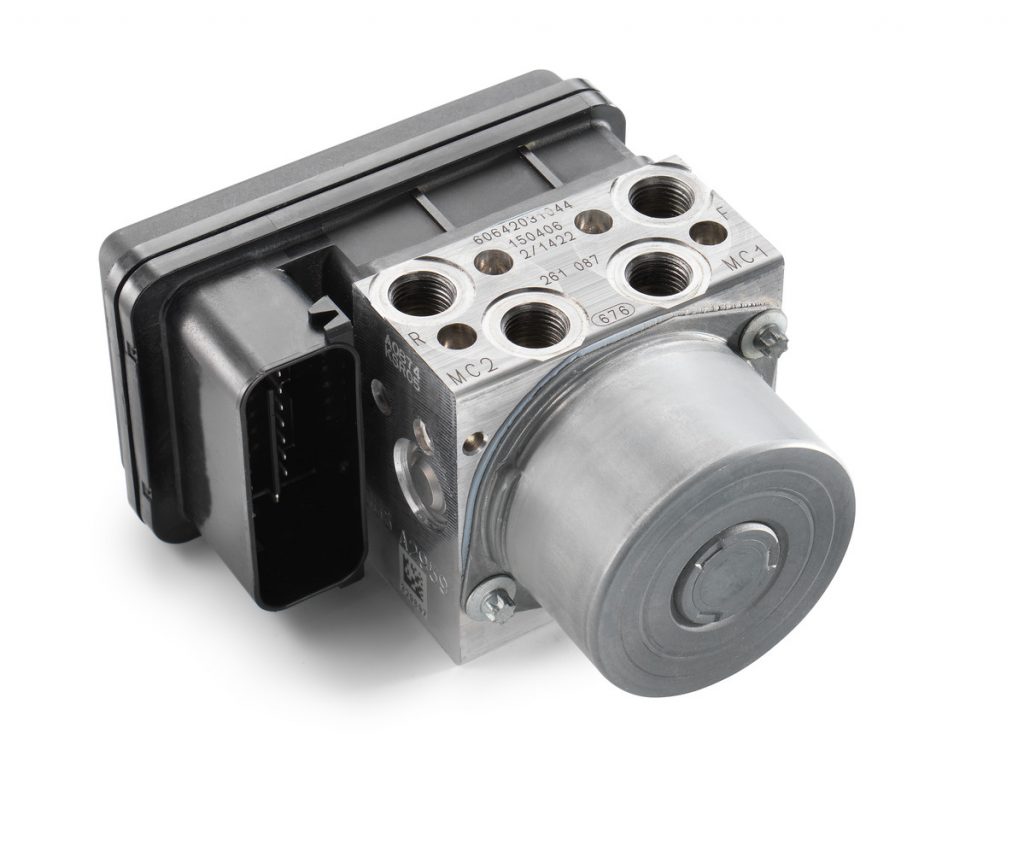
That’s the same thing with ABS leading riders to think that they wouldn’t hit an obstruction. While ABS does allow you to brake at the maximum level, hence shorten the braking distance, it’s real function is to keep the wheel from locking up into an uncontrollable skid. It also means that you can steer away from the danger – not braking hard and heading straight towards it!
Also, some riders got spooked when the brake lever started pulsing when ABS activated, causing them to release the lever instead of holding on.
So, what should I do?
The first thing you should do is nothing if the bike slides. Yes, you read that correctly. A sliding tyre is actually looking for a stable position and will find that equilibrium if you let it. Fighting it makes it worse.
If the tyres slide when you’re leaned into a corner, all you need to do it countersteer slightly on the outside handlebar to lift a little and reduce the lean angle. Just don’t lift it with your entire body because that will send you wide and overshoot the corner. Keep looking through to where you want to go and keep the bike pointed that way.
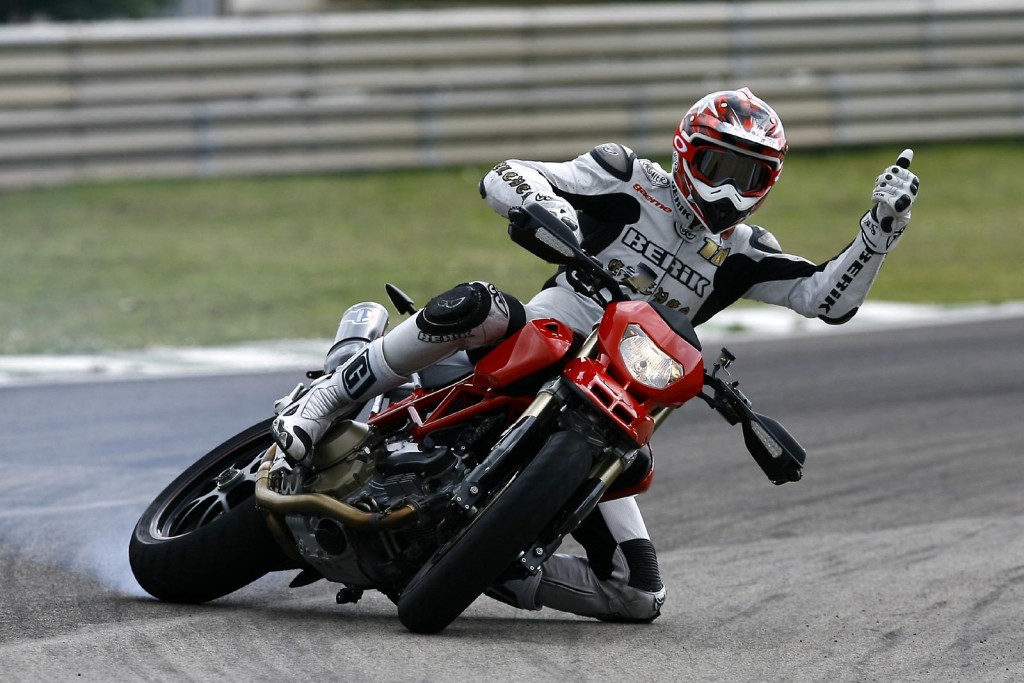
But most of all, keep the gas on. If you really need to slow down, roll the throttle off smoothly. Snapping the throttle off is tantamount to throwing everything down the road.
The best to do is to take up advanced rider training and learn the correct fundamentals of riding. For ultimate slide control, you can learn it at Most Fun Gym (MFG). For performance riding, you can choose from Alpha Track Academy, Ducati Riding Experience (DRE), PTD, Eric Yong, et al. Also, don’t miss California Superbike School Malaysia.



